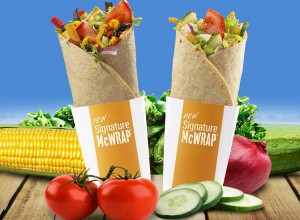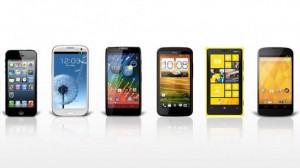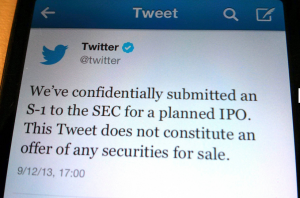Billboards, television commercials, pop-up ads – there are numerous ways that a company can advertise to consumers. Mobile marketing, also known as text-message marketing, is one of these methods. In this modern era, consumers are almost never without their mobile phones to stay “connected”, which makes text-message marketing so appropriate. But is it effective?
Have you noticed how more and more retailers are beginning to ask you to sign up for memberships, free of charge? Don’t you find that rather odd? Of course, giving out free memberships is beneficial to the retailers themselves too, as they gain access to your personal information, such as phone number and email address. As John Jantsch had listed, text-message marketing makes consumers feel valuable, is easy to setup, and is relatively cheap. (Check out his blog, Duct Tape Marketing! It offers insightful information on marketing in a witty way).
Think about this: do you check your phone or your email more often? As a teenager, I would say we access the former more often in a day. Statistics from Business News Daily have shown that 98% of SMS and MMS messages are viewed, whereas most business-to-consumer emails are ignored. This points to the idea that text-message marketing offers significantly higher value and return on investment (ROI) than most other forms of marketing.
Does text-message marketing work on you, or do you think it’s just a waste of time?
Resources:
http://www.businessnewsdaily.com/5416-text-message-marketing-boost-sales.html
http://www.ducttapemarketing.com/blog/2013/10/24/text-message-marketing/










